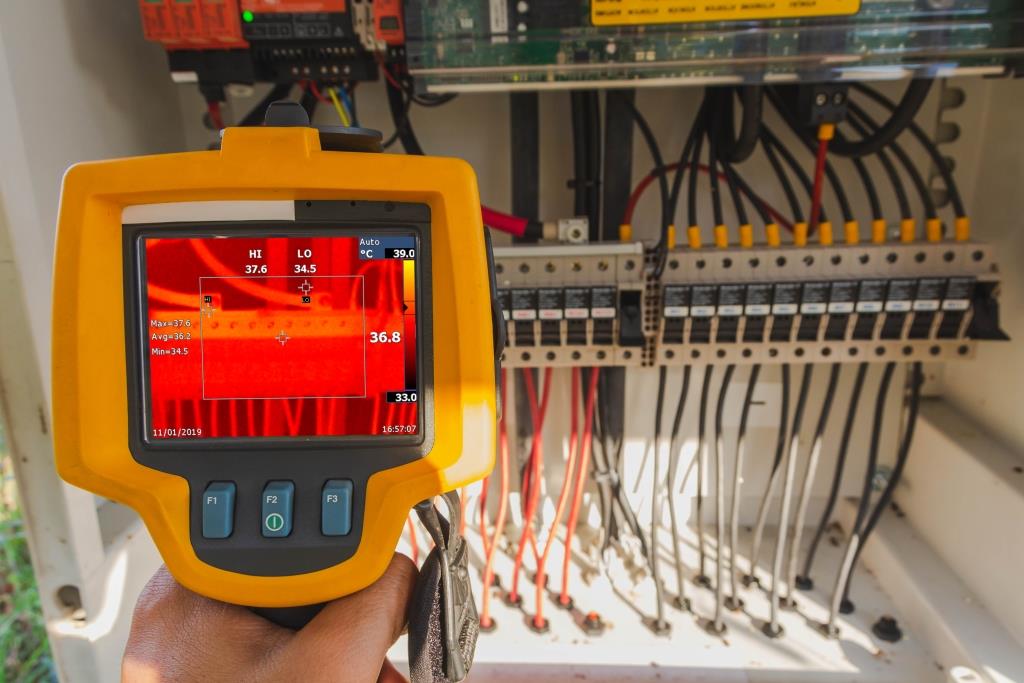The COVID-19 pandemic has thrown our way of life and livelihood into disarray. The entire world had to change its ways of interacting with one another. Businesses had to quickly adopt more nuanced and intelligent strategies to sustain their operations and maintain efficiency within the constraints in place – all while ensuring the safety of the workforce involved. Automation has proven to be an essential part of the success of these industries at this critical juncture.
Before delving deeper into the future and scope of automation, we must first develop a thorough understanding of the subject.
Automation – For the Ease of Life
Automation is developing and applying technologies that allow goods and services to be produced and delivered with little or no human intervention. Many traditionally human-performed operations are now more efficient, dependable, and speedy because of the introduction of automation technologies. Automation technologies and processes enable the workforce to do routine jobs more effectively and reliably.
The automation objective is to develop a technical system that enables machines to perform tasks with little human interaction. The objective is to free people from tedious, repetitive jobs that computers can perform better and more efficiently so that they can concentrate on creative and technical difficulties.
Future Scope of Automation:
Automation encompasses all industry functions, from installation, integration, and maintenance to design, acquisition, and management. With all its advantages, automation leads to streamlined and efficient production, with reduced operating costs, faster production speeds, and higher production quality.
Automation is revolutionizing the modern world, thanks to significant Artificial Intelligence (AI) and Robotics Technology (RT) advancements. In India, AI and RT are likely to grow in the next three to five years. Companies and experts in India predict the use of AI and RT to increase from 14 percent to 30 percent, which is greater than the global and APAC (Asia-Pacific) averages. In today’s competitive economy, automation gives you a competitive advantage. As the manufacturing process becomes automated, human error decreases, product quality improves, and cost per part decreases as production speeds grow. Manufacturing quality is intrinsically more consistent and accurate in automated manufacturing. For establishing trust with the consumers, product quality must be consistent, and automation is frequently the only option to achieve this.
While technologies like robotics, machine learning, cloud computing, and big data analytics are already in use in the manufacturing industry, their integration will change the way we do business. In a hyper-competitive economy, automation will boost productivity and reliability. Industry 4.0 is still in its early stages in India, but it is already altering the industrial sector in terms of customer response, transparency and adaptability, and cost reductions.
Case in point, automation made several technological advances feasible despite the continuing pandemic. It is being implemented to increase productivity and safety — a prime example of automation driving progress is DMRC debuting the country’s first “driverless” train in 2020. Recognized as a momentous milestone in the transportation industry, with the power of automation, India joined an elite group of 7% of the world’s metro networks that can operate without drivers.
Furthermore, the Make in India initiative is expected to significantly increase the country’s inclusion of automated production systems. Its demand in the country is likely to rise over the next five years, with significant investments expected in the industrial sector in the years ahead.
Every industry must be ready for this change. The establishment of technology and infrastructure suited for hosting an automated workplace is a must, owing to the need for particular measures to safeguard and manage the setup. Industrial automation technologies can be pricey at first, because it is too expensive to rebuild factories and processes for every modification and design change. To successfully reconfigure an entire production line or process, they must be highly configurable and flexible. But as organizations adopt them, their operational costs are dramatically reduced. One must comprehend the enormous value of making the right decisions when investing in infrastructure safety needs and getting it exactly right. Our organization provides domain experts-engineered services that cater to the needs of an enterprise automating their workplace.
Applications of Automation:
Automation is present in various ways in our daily lives – from the simplest to the most sophisticated application. With the current growth of technology, automation is present in some capacity in all disciplines and sectors, including manufacturing, transportation, utilities, defense, facilities, operations, and, more recently, information technology.
MANUFACTURING INDUSTRIES:
- According to industry experts, India is expected to reach 25% to 30% of GDP by FY 2030, further strengthening its manufacturing sector. It currently ranks third in the world in terms of robotic automation implementation.
- Most industries employ the use of automation in the form of robotic assembly lines. The only human input necessary is to establish and manage the processes. The machines work on the installed programming and convert raw materials into finished goods.
INFORMATION TECHNOLOGY DOMAIN:
- Automation has made a noticeable impact in the technology domain, both in the software and hardware, widely due to the implementation of technologies like artificial intelligence (AI) and machine learning (ML).
- IT automation has the potential to save a significant amount of money. Enterprise IT automation limits the number of labour hours required to complete tasks and can boost IT staff productivity.
- Another new form of high-quality automation is advanced business intelligence in systems-Test automation and Automated website testing being revolutionary changes in the sector.
DATA CENTRES:
- COVID-19 has pushed data centres far past their maximum capacity. One of the fundamental causes of declining productivity was their dependency on human processing. Automation has made remote work a reality- by allowing software programs to carry out the bulk of the data center operations. Digitalization, storage and processing are now carried out using various softwares.
- It also ensures consistency, reduces errors, improves resource utilization, and helps save financial resources on security by preventing costly data breaches.
HOME AUTOMATION:
“Alexa, turn off the light” is far too familiar to all.
- The Indian home automation market is estimated to reach a CAGR of 29.8% from 2019 to 2026.
- Home automation refers to creating intelligent homes in which items such as electronic devices are controlled or operated by the user via a smartphone or mobile app. Lighting gadgets, air conditioning units, ovens, freezers, audio and video entertainment systems, and cooling and heating units are examples of smart devices. It uses a combination of hardware and software technologies to control and control devices inside a house.
- Home automation technology allows users to monitor and regulate the operations of smart home devices. In India, the main goals for implementing home automation are security and energy savings.
AUTOMOBILE SECTOR:
- Automobile automation is the integration of four key automation technologies: machine vision, collaborative robots, artificial intelligence, and cognitive computing. The introduction of robotic process automation (RPA) was a breakthrough in the progression of the automotive industry.
Astronauts successfully docked SpaceX into the International Space Station in May 2020 by pressing a few buttons in a room at the Kennedy Space Center in the United States- a milestone achievement in both space travel and automation.
- The introduction of robotic process automation (RPA) was a breakthrough in the progression of the automotive industry. Self-driving and semi-automated cars use the most advanced algorithms, and are becoming more feasible and safer as automation processes improve.
Automation-Solution driven technology:
Automation has advanced by leaps and bounds in the last few decades, assisting in improving production and operational efficiency. Organizations now have remote control over their workplaces owing to automated solutions for traditional ways.
Enterprises will always struggle to advance without innovative solutions from automation industry vendors. Adoption of automated technologies in areas such as power monitoring, fire safety, and energy management, among others, will allow businesses to keep up with the rate at which technology is transforming businesses.
To enquire about how our automated solutions can safeguard your business, you can reach us at VNT India










